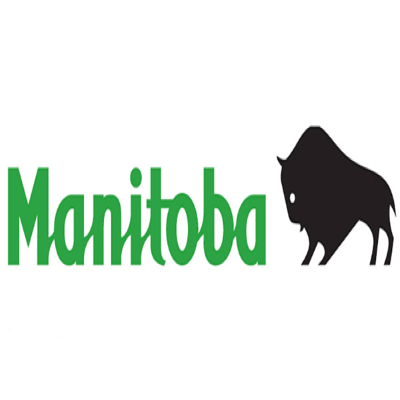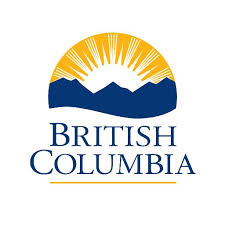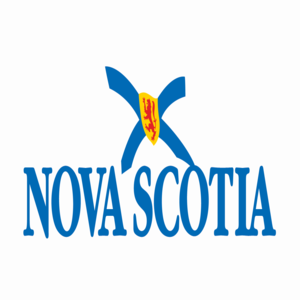burn
Type of resources
Available actions
Topics
Keywords
Contact for the resource
Provided by
Formats
Representation types
Update frequencies
status
-

Feature layer showing current municipal burning restrictions in Manitoba. This feature layer shows the current municipal burning restrictions in Manitoba. Fields included ( Alias (Field Name): Field description.) OBJECTID (OBJECTID): Sequential unique whole numbers that are automatically generated. Municipality (Municipality): Legal name of the municipality Mutual Aid District (Mutual_Aid_District): Name of the mutual aid district. The Mutual Aid System is a no-charge, reciprocal system of emergency response and assistance that towns, villages and municipalities in southern Manitoba can access through their local fire departments. For more information about mutual aid districts, please refer to the Office of the Fire Commissioner website. Telephone (Telephone): Phone number for the municipal office. Email (Email): Email address for the municipal office. Restrictions Flag (Restrictions_Flag): Number indicating the presence or absence of municipal burning restrictions where 1 = "Burning Restrictions" and 0 = "No Restrictions". Current Restrictions (Current _Restrictions): Description of the burning restriction notice. The Office of the Fire Commissioner (OFC) asks all municipalities to inform the OFC immediately at firecomm@gov.mb.ca when implementing or changing the status of municipal burning restrictions during times of high fire danger conditions. Contact the OFC if you have questions about the municipal burning restrictions: by email at firecomm@gov.mb.ca by phone at 204-945-3322 (toll free 1-800-282-8069)Contact the appropriate municipal office if you have questions about restrictions in specific municipalities.
-

This layer is the current fire year burn severity classification for large fires (greater than 100 ha). Burn severity mapping is conducted using best available pre- and post-fire satellite multispectral imagery acquired by the MultiSpectral Instrument (MSI) aboard the Sentinel-2 satellite or the Operational Land Imager (OLI) sensor aboard the Landsat-8 and 9 satellites. Every attempt is made to use cloud, smoke, shadow and snow-free imagery that was acquired prior to September 30th. However, in late fire seasons imagery acquired after September 30th may be used. This layer is considered an interim product for the 1-year-later burn severity dataset (WHSE_FOREST_VEGETATION.VEG_BURN_SEVERITY_SP). Mapping conducted during the following growing season benefits from greater post-fire image availability and is expected to be more representative of tree mortality. #### Methodology: • Select suitable pre- and post-fire imagery or create a cloud/snow/smoke-free composite from multiple images scenes • Calculate normalized burn severity ratio (NBR) for pre- and post-fire images • Calculate difference NBR (dNBR) where dNBR = pre NBR – post NBR • Apply a scaling equation (dNBR_scaled = dNBR*1000 + 275)/5) • Apply BARC thresholds (76, 110, 187) to create a 4-class image (unburned, low severity, medium severity, and high severity) • Mask out water bodies using a satellite-derived water layer • Apply region-based filters to reduce noise • Confirm burn severity analysis results through visual quality control • Produce a vector dataset and apply Euclidian distance smoothing
-

[ARCHIVED] The requirement for non-commercial burn permits has been discontinued.
 Arctic SDI catalogue
Arctic SDI catalogue